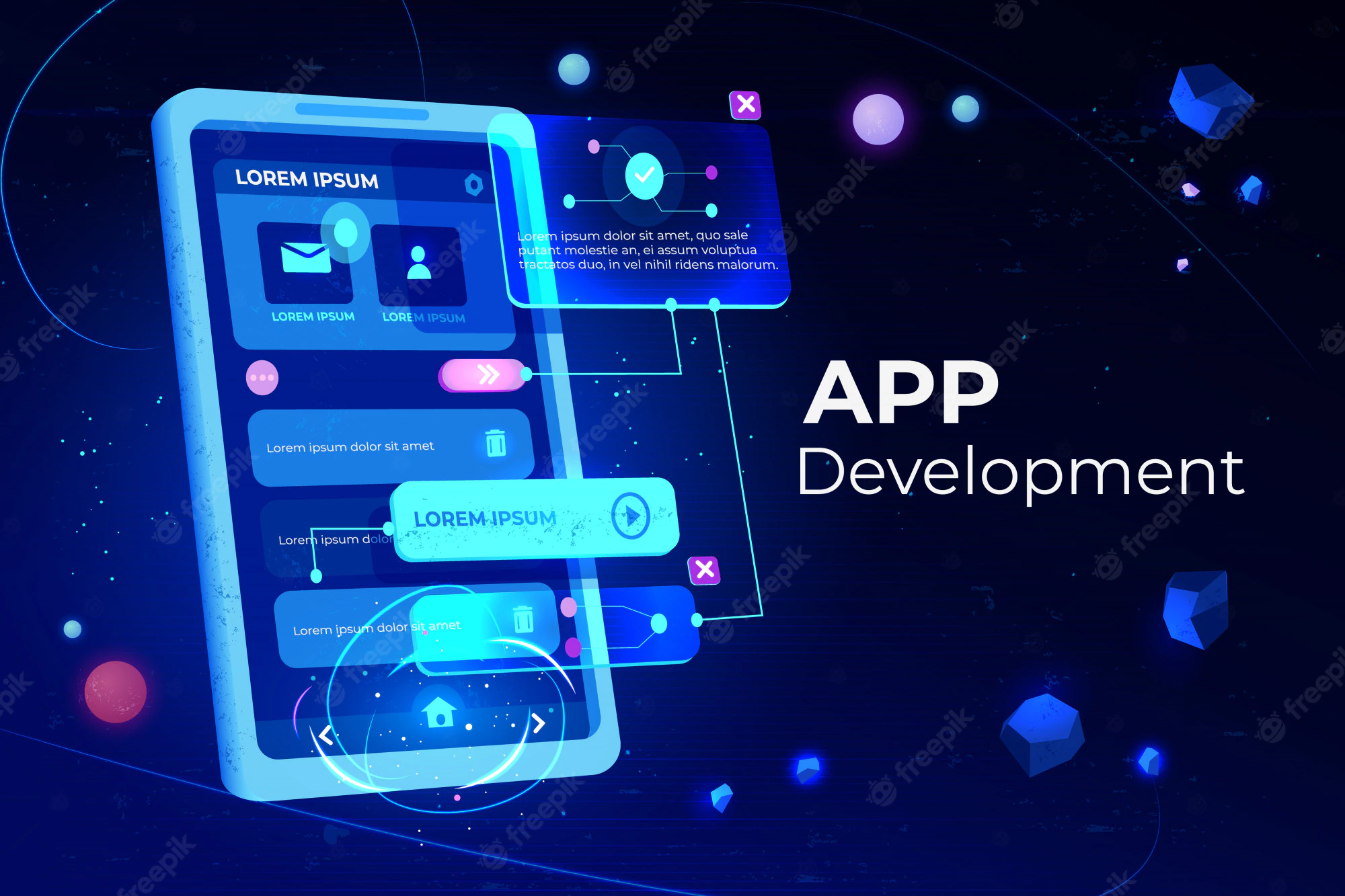React Native and Flutter are two of the most popular mobile app development technologies in use today. Flutter is an Android, iOS, and Linux programming language, while React Native is JavaScript. If you’re developing a new mobile app, which should you choose? So, let’s go over React Native vs. Flutter comparison to understand it much better.
Table of Contents
Flutter
Developed by Google, Flutter is a cross-platform application framework. It maintained its quick rise and became very popular for application development after its release in May 2017.
What makes Flutter different from the rest? First and foremost, it provides the ability to create cross-platform apps from a single codebase. There is no need to develop distinct web, mobile, and desktop applications. A flutter is a single tool that simplifies app development.
Pros of Flutter
- Widget-rich
- Large and active community
- Well-organized documentation
- Requires less testing
- Applications run quickly
- Aids in the creation of the same user interface for older devices
React Native
Developed by Facebook developers, React Native is a widely used cross-platform framework. Facebook, Instagram, Uber Eats, Walmart, Pinterest, and Tesla use React Native to build their applications.
The popularity of this framework is on the rise, and more and more developers are choosing it over React Native vs. Flutter. A JavaScript-based mobile app may be created for Android and iOS using React Native. A single codebase is possible, much as with Flutter.
Pros of React Native
- Cross-platform development
- Building mobile applications using JavaScript language
- React Native Android and iOS mobile applications may be made using the same codebase
- Using the same design principles as React.js
What’s the Point of Comparison?
Mobile applications for brand marketing, consumer interaction, and problem-solving have become a prominent trend. It’s a great way to build a relationship with your customers and remind them that you’re always there for them.
It’s true that developing react-native development services requires money, effort, and resources. Brands have a significant issue when it comes to cutting expenses without sacrificing quality. Secure and resilient infrastructure is needed to handle this issue. This makes comparing React Native Vs. Flutter a critical part of the decision process.
Features that allow comparisons to be made between react-native vs. flutter.
1. Input and Output Devices
As an SDK, Flutter is well recognized for enabling UI-integrated devices. The app developers may access a number of the system’s built-in gadgets. Flutter makes it easy for developers to create a wide range of custom-tailored software solutions.
Uses internal JavaScript APIs to execute native components in react-native development services. The UI is quite close to the native one, and it’s also straightforward to write. In addition, the applications may be easily shown on a variety of screen sizes thanks to the use of JavaScript.
2. The Coding Speed
Dart is the programming language used by Flutter for cross-platform app development. Google introduced the language in 2011 as a way to communicate with its users.
Reliability, ease of learning, and implementation are the hallmarks of the Dart language. The object-oriented aspects are supported by it. Dart is accessible to app developers since official documentation is also available.
While React Native is built on JavaScript, it’s a framework that’s easy and powerful. React-native development services are made a lot easier by the simplicity of the language itself and the abundance of development tools that have existed for quite some time. The copy-paste approach is used to develop mobile apps to a large degree.
3. App Performance
Flutter’s hot reload feature is one of its most intriguing features. With this functionality, front-end developers may easily alter the app’s backend just as quickly as they do on the front end.
App designers may quickly and easily arrive at a UI choice thanks to this component. Flutter’s lightning-fast performance sets your mobile app apart from the competition.
React-Native development services are wonderful for CPU efficiency, but the framework may be irritated by managing visual effects. React Native enables developers to include native code to overcome the problem.
4. Mobile App’s Ecosystem
Flutter’s Ecosystem has been outpaced by React Native since its introduction as React Native development services have a large number of well-known applications in use. There are several mobile development packages available for public usage in the Flutter Ecosystem, and the community’s passion is helping to propel the platform forward at an incredible rate.
5. Mobile App Development
Fast development and access to various third-party UI tools make React Native a popular choice for mobile app development. The usage of pre-assembled components speeds up the development process. Offering new features to supported platforms more quickly also saves time.
Flutter and react native development services have capabilities that make development easier and faster. Hot reload, for example, is also included. A developer may make changes quickly and see the consequences right away.
Conclusion
It’s crucial to deliver projects on time in the mobile and web app development industry. Time-to-market is reduced by the cross-platform nature of both React Native vs. Flutter.
In addition, react-native development services are a superior option for app development because of the availability of third-party libraries and ready-to-use components.
You should hire a React Native Developer to speed up the react native development services, and as a result, the project’s total expenses are also reduced.
Read Also:- Entertainment App Development: Everything You Need to Know
